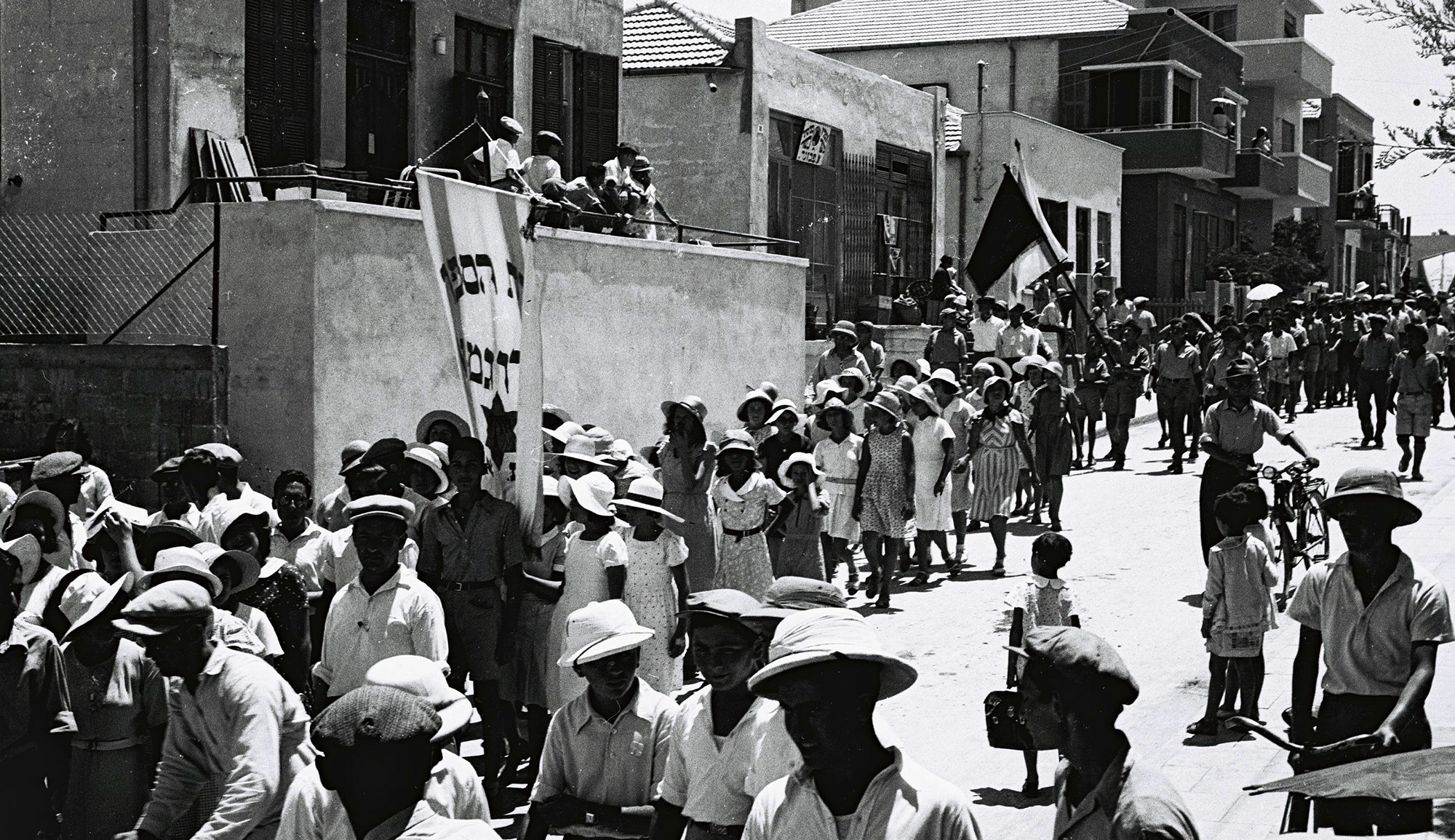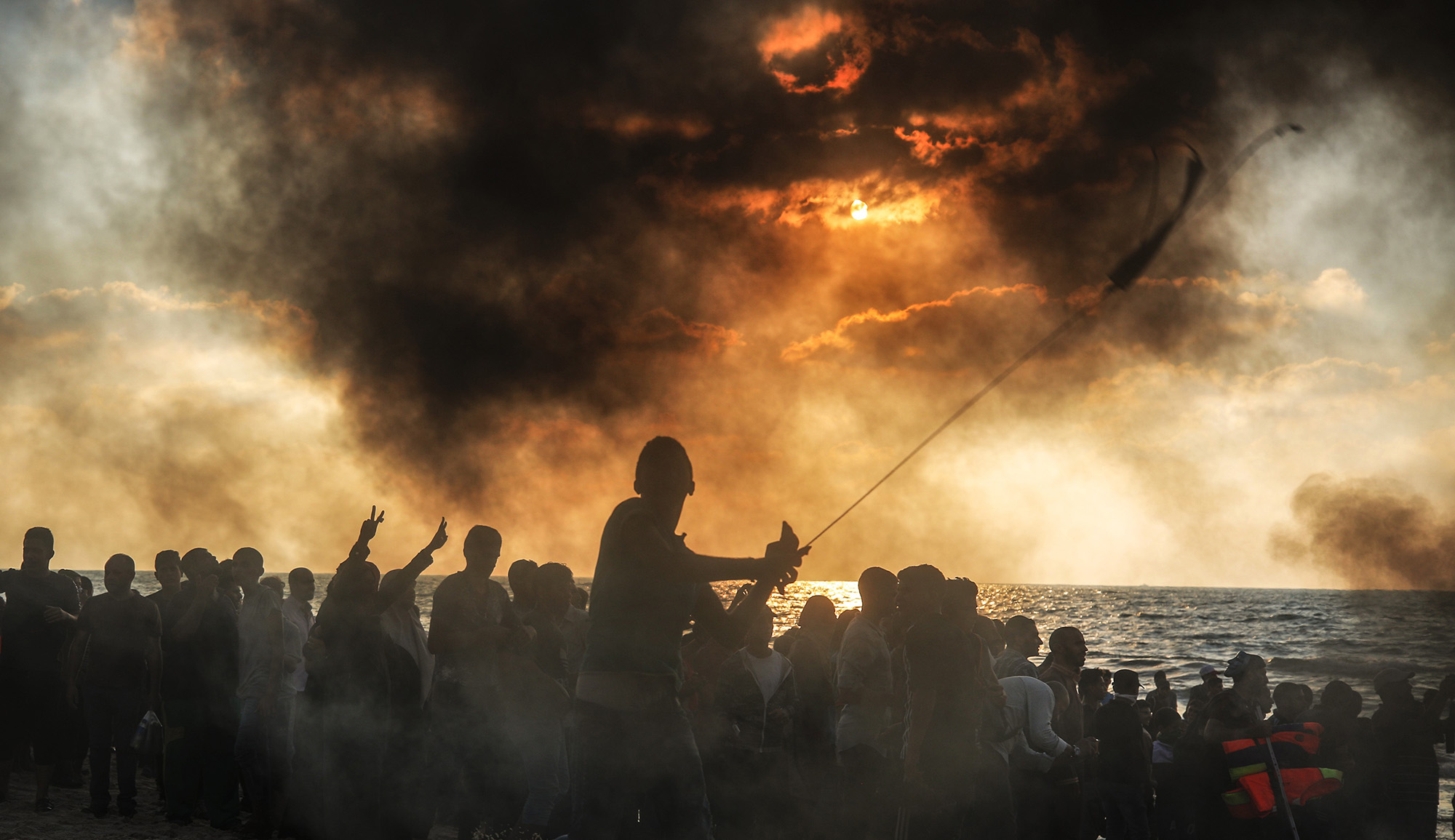The holiday of Shavuot, which begins Saturday night, celebrates the beginning of the harvest season as well as the giving of the Torah at Sinai. Since the Middle Ages, Jews from Spain and their descendants have marked the holiday by reciting intricate liturgical poems as part of the synagogue service, including a special class of poem called azharot (literally, “warnings” or “commandments”), which list the 613 commandments that, according to rabbinic tradition, are found in the Torah. Ty Alhadeff writes (2015):
[The most] famous [version of] azharot . . . [was written] by the great medieval Spanish poet and philosopher Solomon ibn Gabirol (1021-1058). On the first day of Shavuot, the 248 positive commandments are read, and the 365 negative commandments on the second day. (Later codifiers of Jewish law, such as Moses Maimonides, criticized the various versions of azharot, arguing that the task of categorizing the biblical laws should be left to experts in talmudic jurisprudence rather than poets who may sacrifice legal accuracy for the sake of poetic meter and form.)
Another important Ladino song [for Shavuot] is . . . Ketubah de la Ley (“Marriage Contract of the Law”), an 18th-century kompla (rhymed Ladino poem) by Rabbi Judah Leon Kalai. . . . Kalai found inspiration for this kompla in an earlier, similarly titled Hebrew text, Ketubat a-Torah, meaning “the marriage contract of the Torah,” written by another great Sephardi poet, Rabbi Israel ben Moses Najara of Gaza (active 1580-1625). Both songs describe the covenant made at Sinai metaphorically as a marriage between Israel and the Torah.
Read more at Stroum Center for Jewish Studies
More about: Israel Najara, Maimonides, Piyyut, Religion & Holidays, Sephardim, Shavuot, Solomon ibn Gabirol


